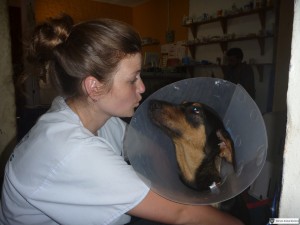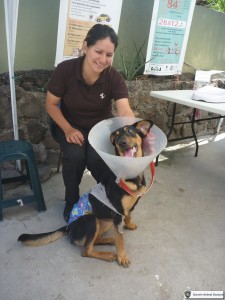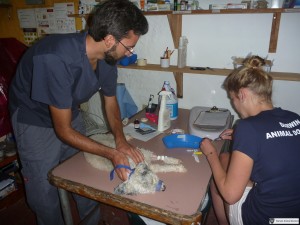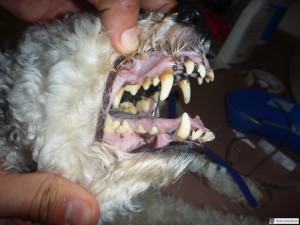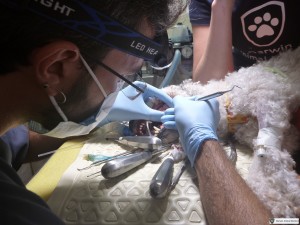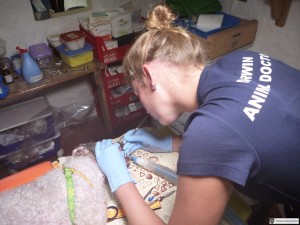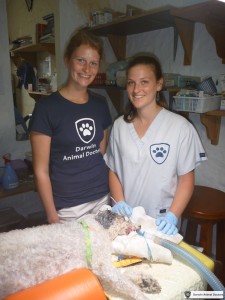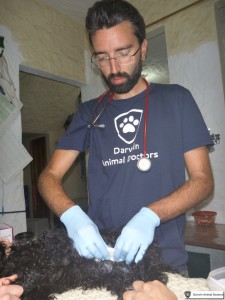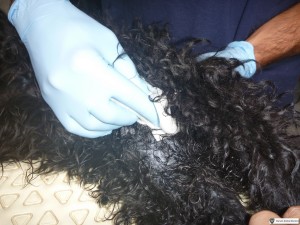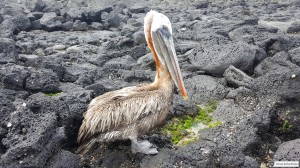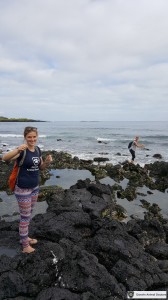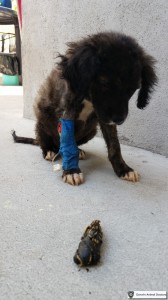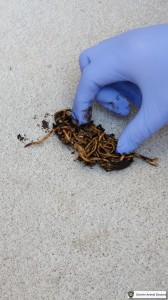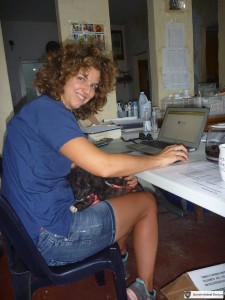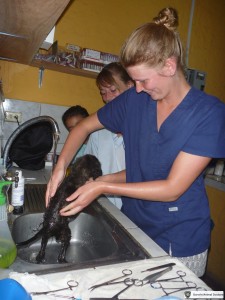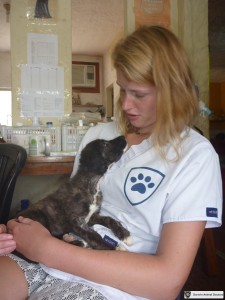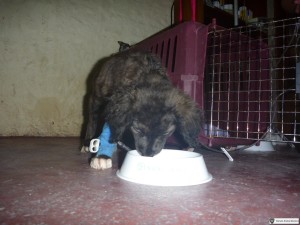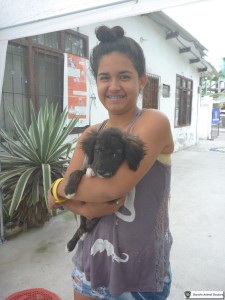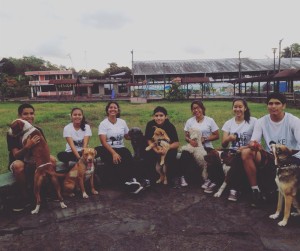Negra, and her rather strange story
Negra, a very sweet dog, lived on the streets of the Galapagos Islands, just getting by until she met with a local, caring resident… The resident noticed Negra’s big, swollen belly and believed the pup to be pregnant. Taking pity on her, and realising how difficult it would be for a dog to survive, give birth and raise puppies living on the streets, the resident picked Negra up and took her home.
One day, after two months of caring for Negra, the pup started acting rather strange, as if she was in quite some pain. The owner believed that she had gone into labour and took the pup to a vet on the Island. The vet confirmed pregnancy and gave Negra an injection to induce her to give birth. The owner went home, ready to take on the responsibility of a litter of puppies.
Two days later, there were still no puppies…
The confused owner then decided to come into the Darwin Animal Doctors clinic to see what was going on. The Doctors felt around Negra’s large abdomen, but could not feel any puppies. With no real imagery available on the island, there was no way to properly see what was going on inside of Negra without actually conducting an exploratory surgery. When also considering Negra’s history, the Doctors decided it would be necessary to do a C-section. But what they found was rather interesting… Negra was, in fact, not pregnant at all. She had a normal uterus, but it was her abdomen that was full of fluids, called ‘ascites’.
The case had now completely changed for the Doctors; instead of trying to work out why she hadn’t yet given birth, the team were faced with the problem of why Negra’s abdomen was full of fluid.
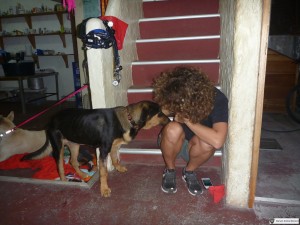

The Doctors ran a blood test and determined that Negra tested positive for Ehrlichia (tick fever), a possible cause of the fluid in her abdomen. She also had a very low red blood cell count, so low in fact that the Doctors needed to do a life saving blood transfusion. After receiving the blood donation, Negra was also put on a course of antibiotics for the tick fever. The pup was later sent home with instructions to come back in two days time.
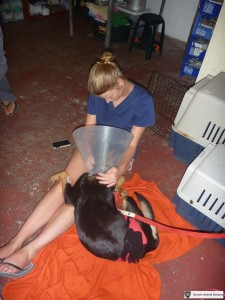
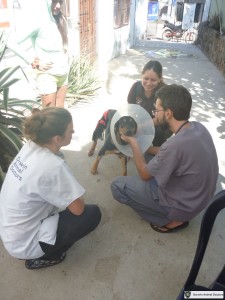
During the time that Negra was at home, the fluid in her abdomen had begun to build up again. The pressure build up enough that it began to push open the wound she had from surgery. When Negra returned to the clinic, she had a small part of her intestines edging their way out of her abdominal cavity! The Doctors rushed Negra back into surgery. They flushed her intestines and abdomen several times and closed her up with the strongest suture material that was available. Negra was put on a high dose of antibiotics and sent home again with an e-collar and clear instructions for her to stay inactive and to come back into the clinic for a check up in the coming days.
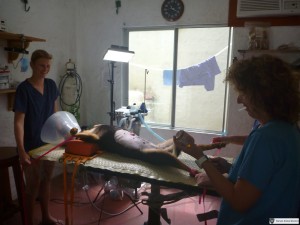
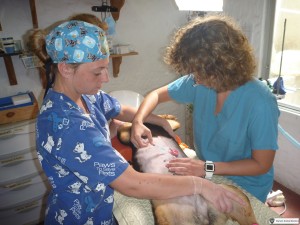
Negra returned in four days time, but her wound had opened again! The owners mentioned that they had not managed to keep her inactive, and that Negra had found a way to scratch at the wound with her hind legs, as she couldn’t lick it due to the e-collar. This time, the wound was not as open as last time, but the Doctors, once again, had to put Negra on the operating table. They reclosed her wound – this time with suture material and staples – and put in a drain. But the Doctors were still not convinced that this tricky ex-street pup would not manage to open the wound a third time. So they fashioned Negra a not-so-attractive wound protection outfit… The Doctors fitted Negra with an inflatable e-collar around her waist and put a net stocking around her whole body, with a gauze pad on the inside, covering the wound, to absorb the fluids coming out of the drain. Negra looked at the Doctors with a look that could only be described as a mixture between extreme embarrassment and guilty acceptance…
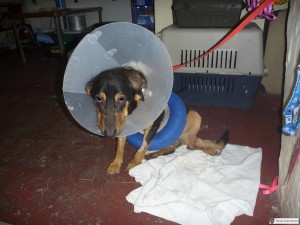
Despite the pup’s unhappiness with her new look, the outfit worked and Negra’s wound could finally heal. The little pup is now finally living a normal life; she is no longer on the streets, no longer thought to be pregnant while actually full of fluid, and no longer dressed very strangely with a healing wound on her belly! What a turnaround!
